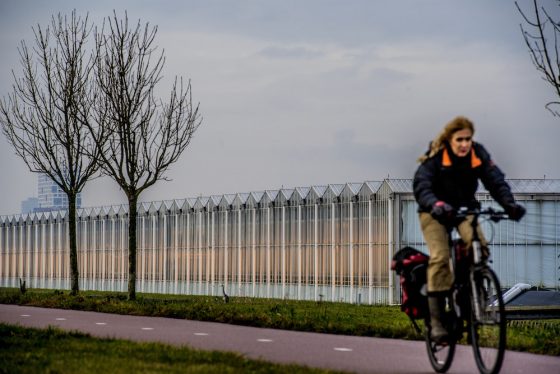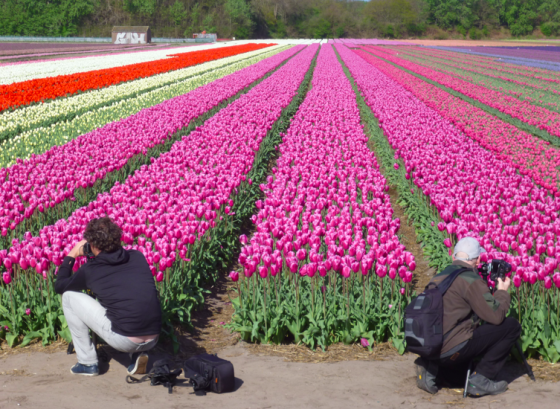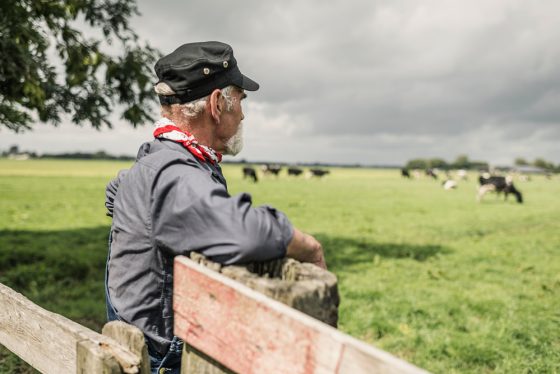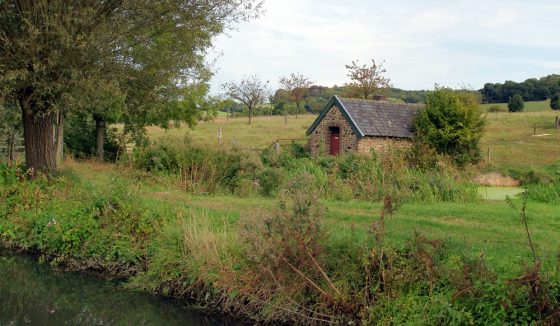So you think you know the Netherlands? Here are 13 Dutch ‘streken’

 The Netherlands has plenty of well defined provinces, towns, cities and regions. But there is also such a thing as a streek, an area whose borders are very often much more difficult to pinpoint. Here’s a list.
The Netherlands has plenty of well defined provinces, towns, cities and regions. But there is also such a thing as a streek, an area whose borders are very often much more difficult to pinpoint. Here’s a list.
Achterhoek
Many people only have a vague idea about the Achterhoek (literally back corner) except that its main export was a band called Normaal whose performances usually ended in total mayhem. It lies at the eastern end of the province of Gelderland, with Germany to the south and east, but its borders are fluid and local spats are rife. So ‘that bit in the corner of Gelderland’ it remains.
Refoband
The Bijbelgordel, or Refoband, is the Dutch Bible belt. It roughly cuts a swathe across the centre of the Netherlands, beginning in Overijssel and ending in Zeeland. It is defined by the voters of the fundamentalist Protestant political party SGP, the party which believes women should not vote and the Netherlands should be governed by the word of God.

Randstad
The Randstad! At least here we know exactly where we are, don’t we? The Randstad includes the Netherlands’ four biggest cities, Amsterdam, Utrecht, The Hague and Rotterdam and all the towns and villages in between. The cities have started promoting themselves abroad as the Holland Metropole, to further complicate the issue.
Kop van Noord-Holland
The Kop van Noord-Holland, or simply the Kop (head) is conveniently bordered by water on three sides: the North Sea to the west, the Wadden Sea to the north and the IJsselmeer to the east. The Wadden island of Texel, more like a bump on the Kop, is also part of the area. The local authority boundaries have been redrawn and the area now consists of Texel, Den Helder, Schagen and Hollands Kroon or Holland’s Crown (which sounds historical but is actually a newly invented name).
Westland
For many Dutch people Westland, in the province of Zuid-Holland, is synonymous with the city of glass, as it is home to the Netherlands’ vast array of greenhouses. Fly over the Netherlands at night and that orange glow is Westland. But it is actually a combination of the municipalities of Westland and Midden-Delfland, plus Hoek van Holland, Monster and Loosduinen. Westland itself forms part of another streek called Delfland. Well, it’s somewhere near The Hague anyway.

Veenkolonieën
The Veenkolonieën or peat colonies refer to the communities that sprung up in the peat cutting areas – the most important of which are in the eastern parts of Groningen and Drenthe and an area called the Peel, on the border of Noord-Brabant and Limburg. The turf that came out of these areas was instrumental in turning the 17th century into the Golden Age by allowing the Dutch Republic to produce its own energy. The Veenkolonieën later became famous for their workhouses, where antisocial families were sent to be reformed.
Duin and Bollenstreek
The Duin and Bollenstreek, or dune and bulb region, takes in the Zuid-Holland municipalities of Katwijk, Noordwijk, Noordwijkerhout, Lisse, Hillegom and Teylingen. Lisse rings a bell with most people because it’s the home of the Keukenhof, with its world-renowned flower shows. If you come in spring you won’t be able to miss the endless fields of brightly coloured blooms, especially if you’re stuck in the traffic jams that build up around Lisse in the flower season.

Kleistreek
De Kleistreek is named after its soil: clay. It’s in the province of Friesland and refers to a band of sea clay on the coast to the west and north of Leeuwarden. It’s mostly used for agriculture and tourism. The expression ‘Uit de klei getrokken’ or ‘formed from clay’ refers to people from rural areas, implying that they are sturdy, no-nonsense types.
Twente
Most people have some idea about where to locate this very picturesque corner of the Netherlands. It is the easterly bit of the province of Overijssel that backs onto the border with Germany. The Tukkers, as the inhabitants of Twente are called, are famous for their dry wit, their university, their football club, based in Enschede, and their dialect, which is part of Dutch Low Saxon, an officially recognised streektaal.

Groene Hart
You’ll have heard of this one: it’s the patches of green in between the cities of the Randstad (see above) that property developers and local councils are always itching to get their hands on. The Green Heart is protected against too many encroachments by law, but local councils strapped for homes are constantly trying to see how far they can push the boundaries. A famous Dutch poet once said that what is left of nature in this country is a strip of woodland the size of a newspaper, and that was in 1945.

Heuvelland
Meaning ‘hilly land’, you can’t go far wrong with this one: it is in the province of Limburg, the only area of the Netherlands with any hills to speak of. Heuvelland in Limburg is not to be confused with Heuvelland in Belgium, which is just over the border. In order not to confuse the two the Dutch version also goes by the name of Limburgs Heuvelland. We could also mention the Utrechtse Heuvelrug – the ridge of low sand dunes near Utrecht – to further confuse the issue.
Streek
Last but not least is a streek which is actually called the Streek, in the province of Noord-Holland. The Streek is the epitome of a streek because it is the most ill-defined of them all. It started out as an area east of Hoorn in the late Middle Ages, then took in the area between Hoorn and Enkhuizen and now encompasses the villages of Blokker, Westwoud, Hoogkarspel, Lutjebroek, Grootebroek and Bovenkarspel. Poor old Lutjebroek, has become synonymous in colloquial Dutch with ‘any insignificant speck on the map’.
A bonus streek: HollandCity
HollandCity is really a streek but in the other sense of the word, ie a bit of a prank which is being played on unwary tourists. It is, simply, a marketing trick to try to lure tourists away from Amsterdam and into other parts of the country. The HollandCity strategy basically involves promoting the Netherlands as a single metropolis with lots of districts, such as Lake District Friesland and Design District Eindhoven. Bona fide streken such as Twente, the Groene Hart and the Bollenstreek don’t get a look in.
Thank you for donating to DutchNews.nl.
We could not provide the Dutch News service, and keep it free of charge, without the generous support of our readers. Your donations allow us to report on issues you tell us matter, and provide you with a summary of the most important Dutch news each day.
Make a donation